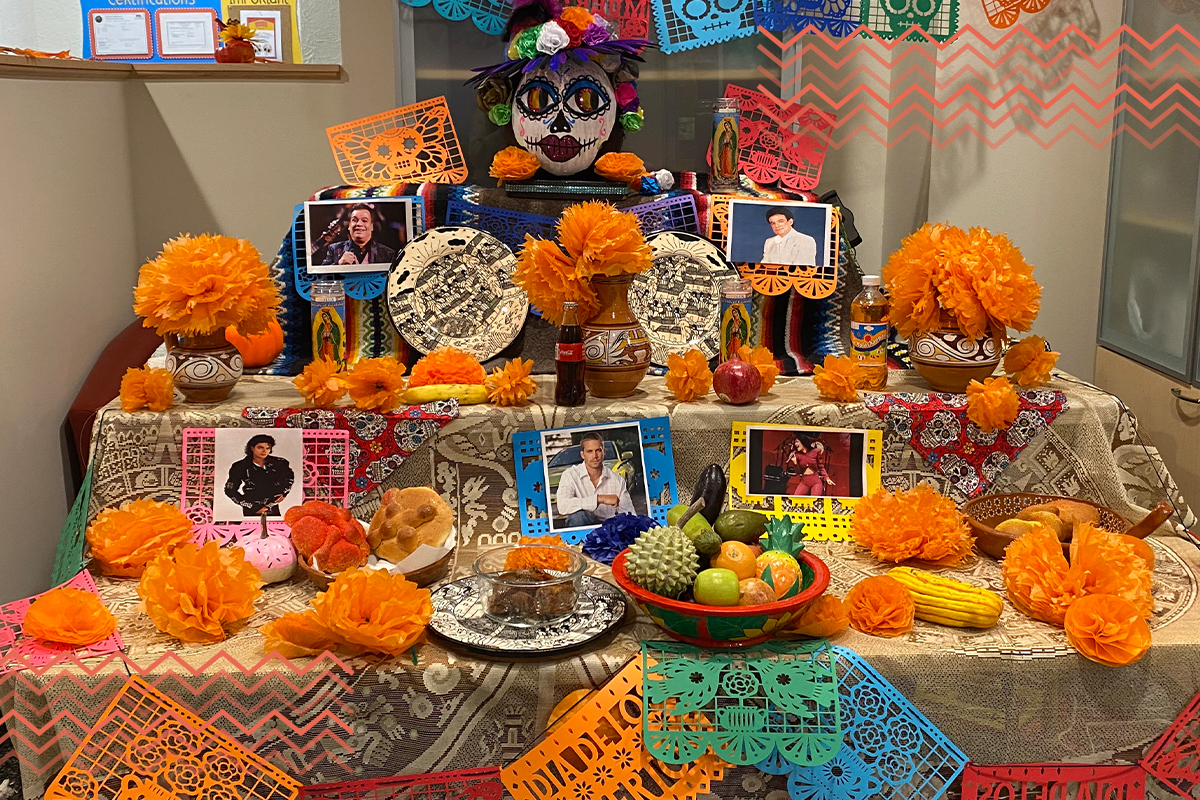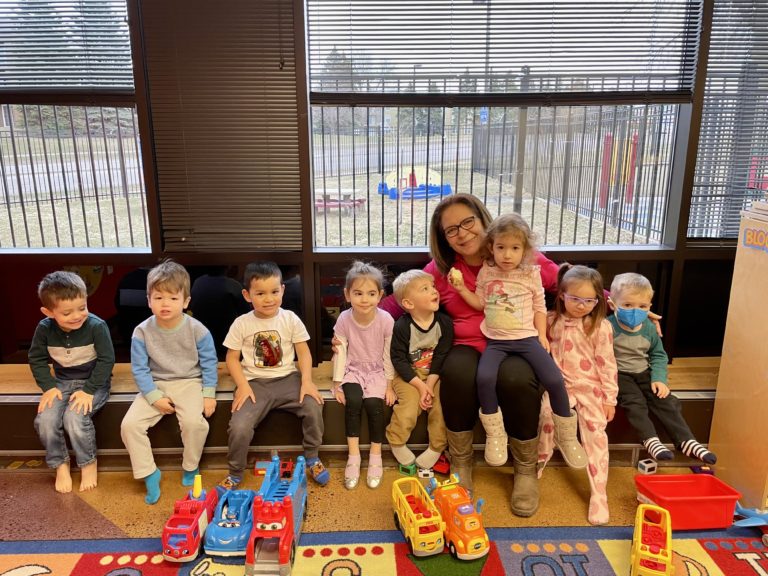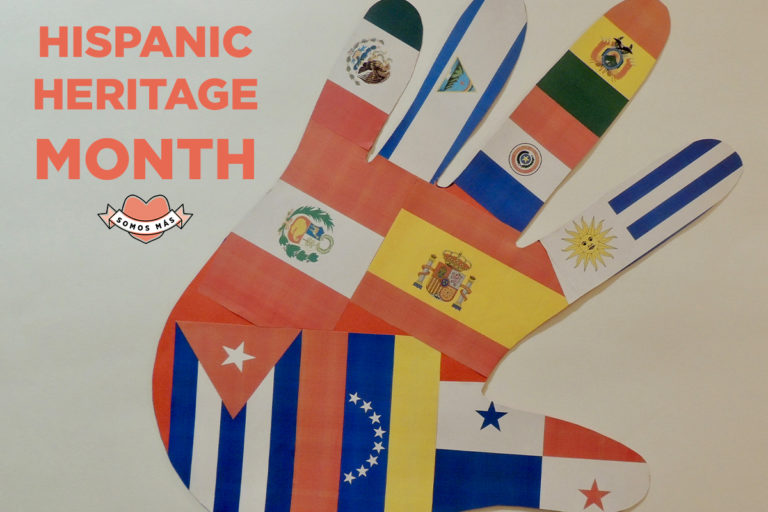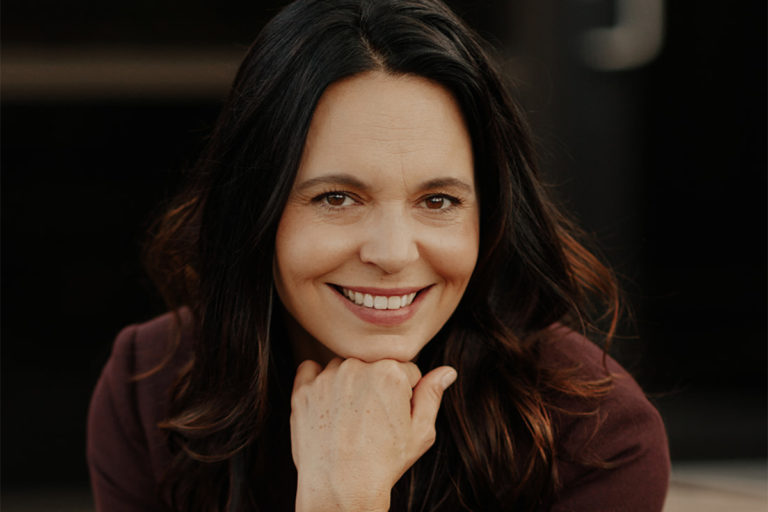Celebrating Día de los Muertos at Casa!

When I was in sixth grade my grandpa passed away. One day he was just gone. Being a history professor, I would call him to learn about historical events we talked about in social studies, but the week that happened, I had forgotten to call. When he passed away, my parents cried in front of me for the first time and as the oldest child, I wanted to help and console my parents. So I did not cry. But I struggled with the all-consuming guilt of having missed that phone call the weekend before. I would stare blankly at my bedroom wall beating myself up over that decision and worrying about when I would have my last conversation with anyone.
Eventually, things went back to normal as that immense grief turned to pain, then turned to sadness. And all of a sudden, nine months passed by, and it was November 1st. We had our own Day of the Dead celebration not being in Mexico. We moved our coffee table along the wall, adorned it with a white lace tablecloth, sprinkled marigolds all around, set out tlaxcales, calabaza con miel, all of his favorite treats, and placed his beautiful picture inside a wooden frame in the center of it all.
Day of the Dead helped me with everything I had been holding in. I felt happiness when we celebrated his life and talked about what he had done. We believe that the deceased came back to visit us, so I sat down next to the candles and marigold petals to talk to my grandpa. And I finally felt closure and felt that although he was no longer physically with us, he would always return to visit, and I could talk to him. There was never a missed phone call.
-Alexa Montesinos, Marketing Coordinator
Día de los Muertos, or Day of the Dead, is predominately celebrated in Mexico from November 1st through the 3rd. The focus of the holiday is honoring and celebrating our family and friends who passed away. It is a holiday to remind us that those we care for never leave us and that death is a part of life.
Additionally, we invite all of our Casa families to try some traditional Pan de Muerto and Mexican hot chocolate on November 1st during drop-off!
History
Day of the Dead celebrations dates back to the time of the Aztecs. Initially, the Aztecs honored the deceased during a month-long celebration. They viewed death as an integral part of life and believed that when someone passed away, that individual would have to go through a difficult journey to reach their final resting place of Mictlán. To help them through the trip, the living provided them with food and water to have the necessary strength.
The Spanish also had their version of celebrating the dead called All Souls Day. European pagans held bonfires and feats to honor them. As Catholicism rose in Europe and pagan traditions were banned, this one remained and became All Souls Day. The Spanish lit candles on graves and spread flowers to guide souls back to Earth. Thus, we have the modern-day Day of the Dead celebration, which merges both traditions.
How is it celebrated?
In Mexico, everyone celebrates and looks forward to this holiday! The three special days to observe are:
- November 1st: Día de los Angelitos, when children’s souls are honored. Their altars are adorned and usually contain their favorite toy or blanket.
- November 2nd: Día de los Difuntos, honoring the souls of adults who passed away.
- November 3rd: Día de los Muertos to celebrate everyone who passed away, and huge parades are put together to wave this celebration goodbye.
Each family member gets their ofrenda which is a personal altar. So what are the essential items in an ofrenda?
Sugar Skulls
These little decorations show that death is not scary and symbolizes the holiday. Sugar skulls are the most popular and are adorned with color to give the skulls life.
Marigolds
The beautiful and fragrant flowers are believed to attract the dead and provide a passage back to the land of the living. These flowers are also known as “Flor de Muerto” since these flowers are beautiful, but they wither away. Marigolds are sprinkled across streets and over tombs.
Food and Water
Families will go to local markets and pick up the deceased’s favorite snacks and food items. Water and other drinks are also left on the ofrenda. But one curious thing is that people buy two of each item. This is because people believe that their deceased family members bring someone from the land of the dead who no longer receives an ofrenda. Thus, everyone is welcome, and no one is forgotten. Food is left out all night so that the deceased can feast, and the following day, the living enjoy the food to honor them.
Pan de Muerto
This bread is traditionally only eaten and baked for this celebration. It is a sweet bread with a slight orange flavor. It normally has some pieces on top to represent bones and a skull and is topped with sugar.
Framed Picture
A framed picture of the individual is always put up to remember the individual and see their face.
Candle
Candles are also lit around the tomb or ofrenda to guide the souls back to Earth. They are usually lit for the entire three-day celebration.
Resources for Children
Death can be a complex subject to talk about with children. But remember, this holiday focuses on honoring and celebrating those we love. Check out these movies and resources to help your child understand Día de los Muertos!
The movie Coco
The movie Book of Life



